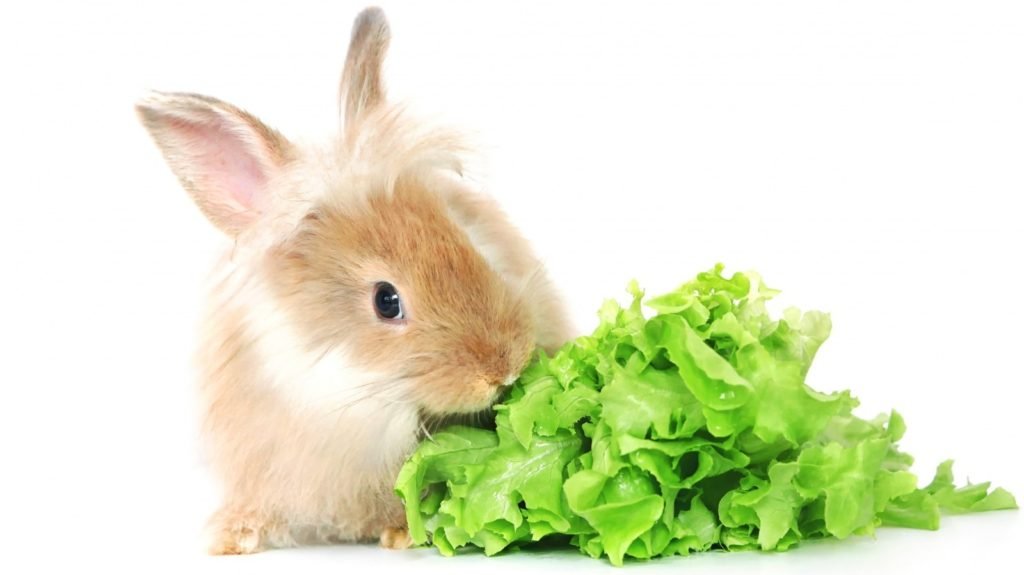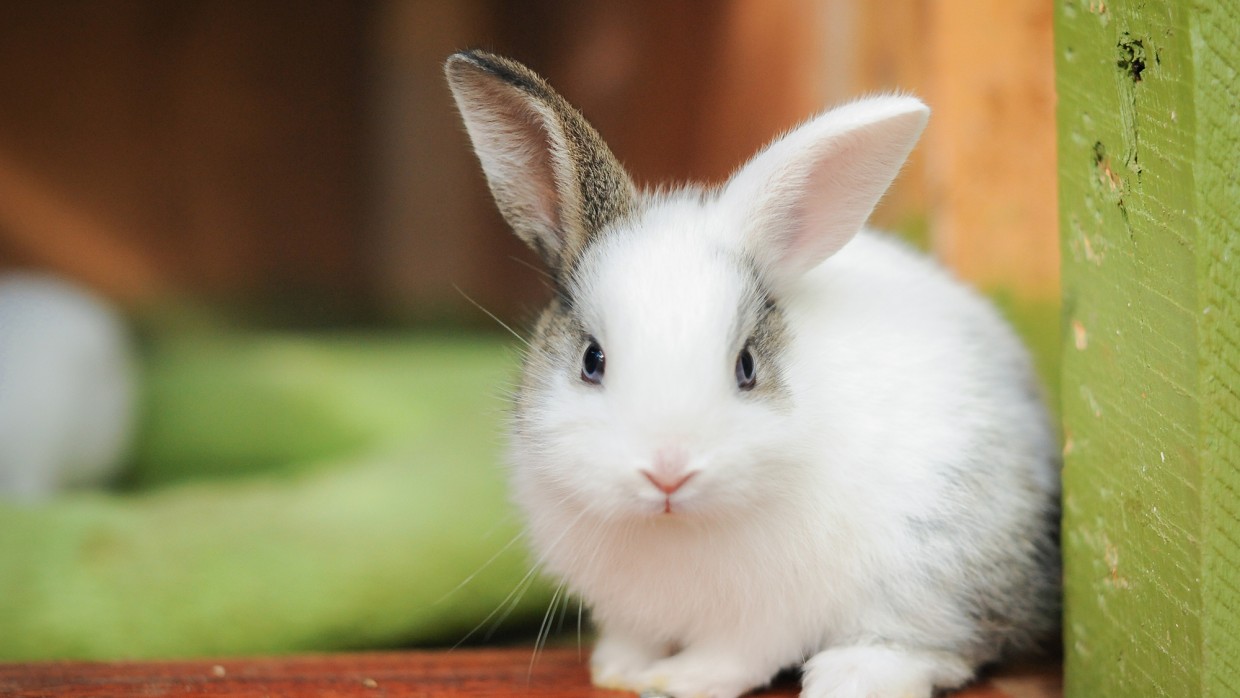Unlocking the Enigma of Rabbit Behavior
Rabbits are often perceived as serene, affectionate creatures, but their reputation doesn’t tell the whole story. These charming animals possess a host of intriguing, occasionally bothersome, and sometimes downright unpleasant behaviors. In this article, we’ll delve into the mysteries of rabbit behavior, shedding light on their habits and idiosyncrasies.
The Daily Rhythm
To begin, rabbits, much like deer, fall into the category of “crepuscular” animals. This means they are most active during the hours surrounding sunrise and sunset. During the day, rabbits typically seek refuge in their burrows, grassy depressions, or cages.
You might occasionally catch your rabbit napping in its litter box. This behavior is perfectly normal and can be made more comfortable by providing a soft paper litter like Carefresh. Ensure that your rabbit’s cage is spacious enough to accommodate a generously sized litter box while offering ample room for her to stretch out and stand on her hind legs.
It’s advisable to leave sleeping rabbits undisturbed during the day, as they can be rather grumpy when awakened. The optimal time for playtime and interaction with your bunny is in the evenings and early mornings.
The Art of Chewing
Rabbits were once classified as “Rodents” due to their continuously growing teeth and herbivorous eating habits. Although they’ve since been reclassified as “Lagomorpha,” which means “hare-shaped,” they still share some dental characteristics with rodents. Rabbit teeth, like those of rodents, constantly grow and require a diet rich in fiber, hay, and hard objects for chewing. It’s crucial to provide your rabbit with an ample supply of fresh timothy and oat hay for both chewing and proper digestion. Other suitable items for gnawing and lounging include sturdy cardboard boxes and sea grass mats. If you notice your rabbit nibbling on newspaper or cardboard, remove these items immediately to prevent potential digestive issues.
Avoiding Hazards
Regrettably, rabbits have a penchant for chewing on electrical cords, which poses serious safety risks. Your rabbit can easily find and nibble on electrical, computer, or phone cords in your home, putting themselves at risk of electrocution. To mitigate this danger, cover all wires with flexible plastic tubing readily available in the electrical section of your local hardware store.
Rabbits are also skilled diggers, so be vigilant if your rabbit starts digging an escape route under a fence. If you plan to allow your rabbit to roam outdoors, ensure you have a securely enclosed space and supervise them closely to prevent escapes.

The Language of Rabbits
Like cats and dogs, rabbits communicate using various methods. One common way is by “scenting,” where rabbits rub their chin against objects to mark them as their own. If your rabbit “chins” you, consider yourself claimed by your furry friend.
In addition to scenting, rabbits communicate through grunting, which typically signals discontent, and by thumping their hind legs. Thumping can indicate displeasure or serve as a warning of potential threats. It’s important to note that thumping may continue even after the perceived threat has passed. Various factors, such as a sudden noise or the presence of another animal, can trigger this behavior. If your rabbit grunts or growls when you enter her space, it’s a sign of possessiveness. In such cases, it’s best to respect her space to avoid potential bites.
When cleaning rabbit cages, it’s common for caretakers to get bitten if the rabbit is not removed first. Always take your rabbit out of her cage before cleaning it to prevent any territorial reactions.
Vocal Expressions
Rabbits may scream, emitting a harsh, terrifying sound in moments of extreme fear or distress. On a happier note, rabbits that leap, jump, and spin are displaying signs of happiness and contentment. Create a safe space for them to play and exercise, and your rabbit may be more receptive to petting afterward.
When you pet your rabbit behind the ears or on her cheeks, she may respond by grinding or tapping her molars together, indicating happiness. However, if your rabbit is grinding her teeth excessively or louder than usual, it could be a sign of pain, and prompt veterinary attention is necessary.
Coprophagy: An Unpleasant Habit
One peculiar behavior observed in rabbits is coprophagy, where they consume their own feces. However, they are not eating ordinary droppings but rather “cecal pellets,” which are partially digested droppings from their lower digestive tract. These pellets contain essential vitamins and minerals that were not absorbed during the initial passage through the digestive system. If your rabbit’s diet contains excessive carbohydrates, such as fatty foods or too many fruits and snacks, she may avoid consuming these cecal pellets, leaving them in the cage.
Cecal pellets differ from regular droppings in that they are strung together and have a glistening appearance. Rabbits typically reingest these pellets once a day, often in the morning.
Managing Shedding
Rabbits undergo constant shedding as they replace their old coat with a sleeker, new one. This shedding can be especially pronounced during the early spring and late fall. Neglecting to groom your rabbit during these times can result in excessive loose hair, leading to potential hair blockages and veterinary visits. Prevent this issue by regularly grooming your rabbit and providing fresh hay daily. During the summer, use dampened paper towels and a waste basket to capture loose hair while brushing and combing your rabbit. The damp towel will help contain stray hairs.
Understanding and addressing these peculiar behaviors will help you provide the best possible care for your beloved rabbit companion. By accommodating their unique habits, you can ensure a happy and healthy life for your furry friend.

FAQ
Q1: Why is my rabbit most active during sunrise and sunset?
A1: Rabbits, like deer, are crepuscular animals, meaning they are naturally more active during the hours surrounding sunrise and sunset. This behavior is thought to be a survival adaptation, allowing them to avoid predators that are active during the day or night.
Q2: My rabbit chews on everything, including electrical cords. How can I stop this behavior?
A2: Rabbits have a natural instinct to chew on objects to keep their teeth in check. To prevent them from chewing on hazardous items like electrical cords, cover cords with flexible plastic tubing or provide safe alternatives like cardboard boxes and sea grass mats for them to chew on.
Q3: My rabbit thumps its hind legs when I enter the room. What does this mean?
A3: Thumping is a way rabbits communicate distress or warn of potential threats. Your rabbit might be reacting to a sudden noise or feeling territorial. It’s best to give your rabbit space in such situations to avoid potential bites.
Q4: Why does my rabbit grind her teeth when I pet her?
A4: Rabbits often grind their teeth as a sign of contentment and happiness when they’re being petted, especially behind the ears or on the cheeks. However, if the grinding is excessive or louder than usual, it could indicate pain, and you should consult a veterinarian.
Q5: Is it normal for rabbits to eat their own feces?
A5: Yes, it’s normal for rabbits to engage in a behavior called coprophagy, where they consume their own feces, specifically cecal pellets. These pellets contain essential nutrients that weren’t fully absorbed during the initial digestion. It’s a natural part of their digestive process and not a cause for concern.
Q6: How can I manage my rabbit’s shedding during heavy shedding seasons?
A6: To manage shedding, groom your rabbit regularly with a gentle brush and comb, particularly during heavy shedding seasons like spring and fall. Provide fresh hay daily, as it aids in preventing hair blockages. Using dampened paper towels during grooming can help contain loose hair.

